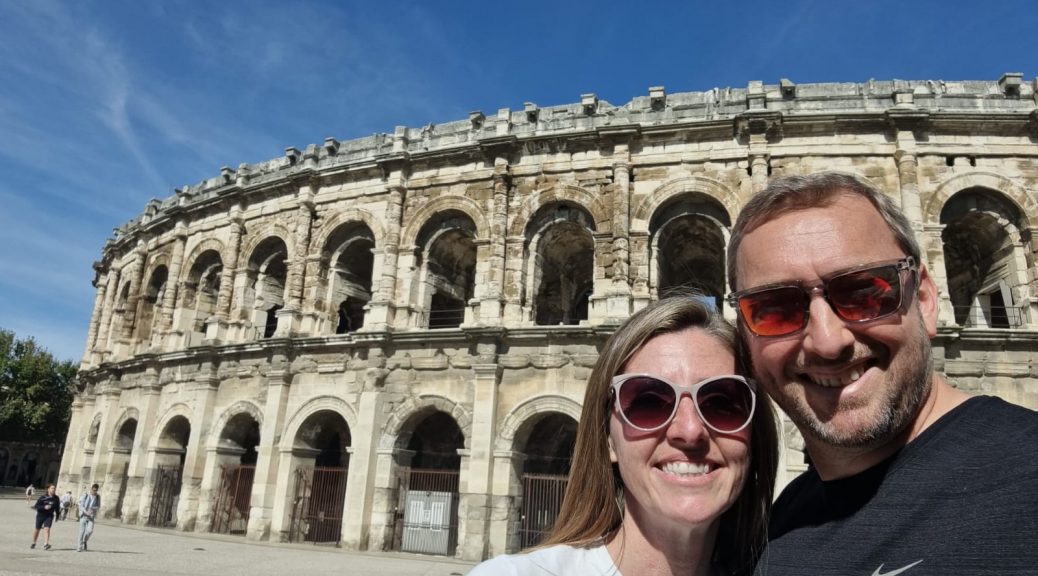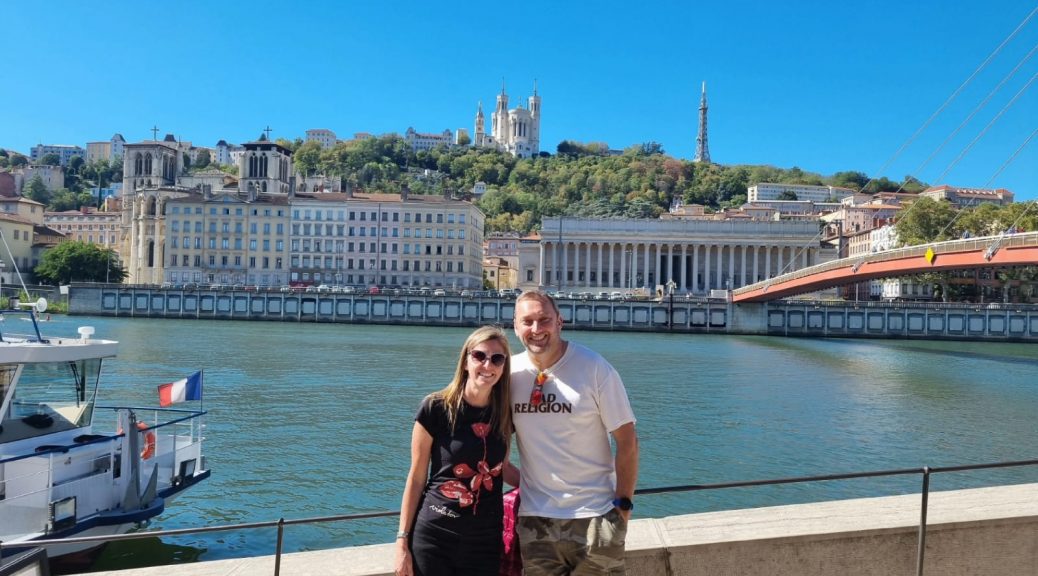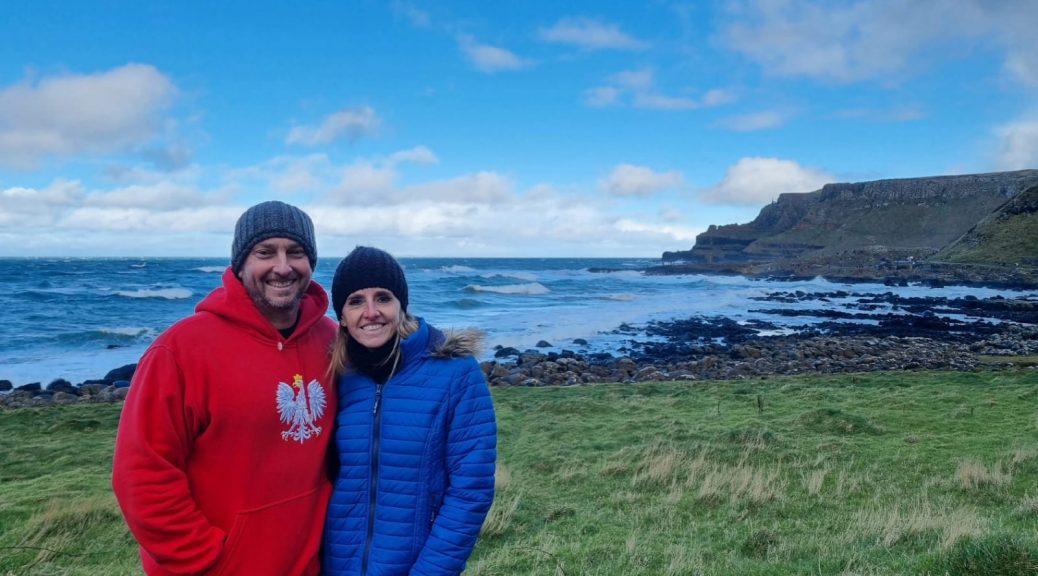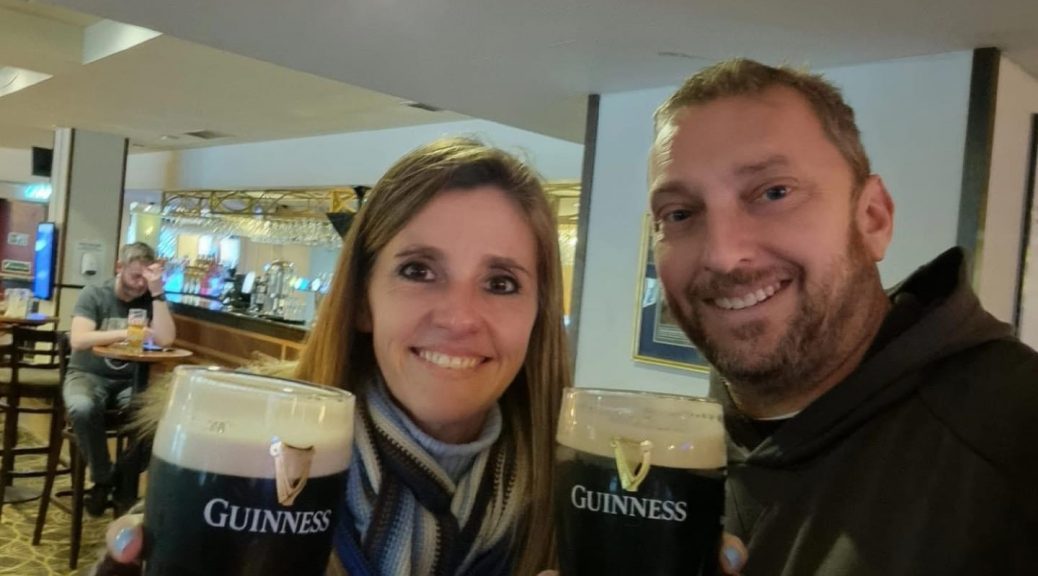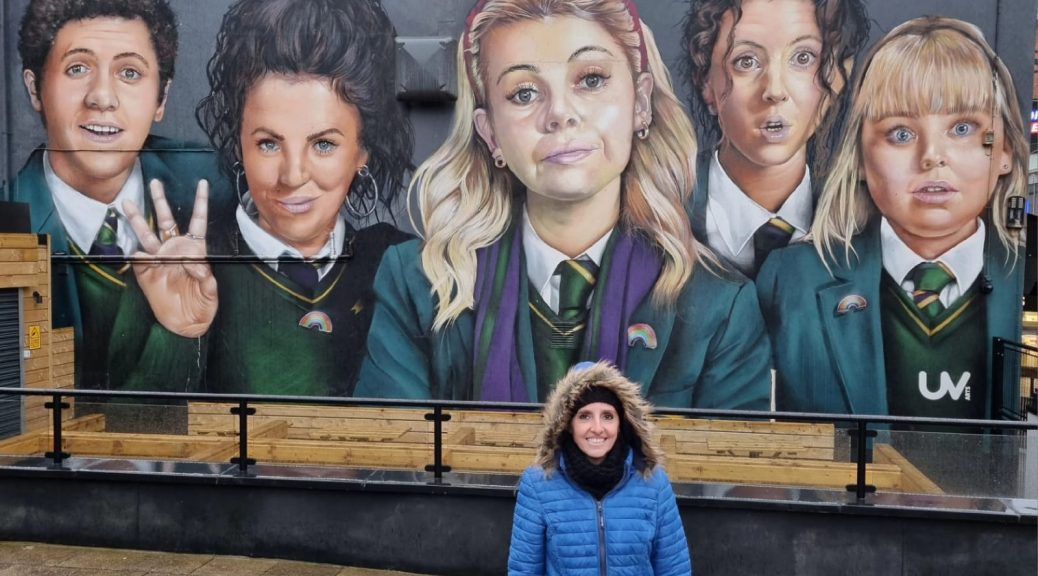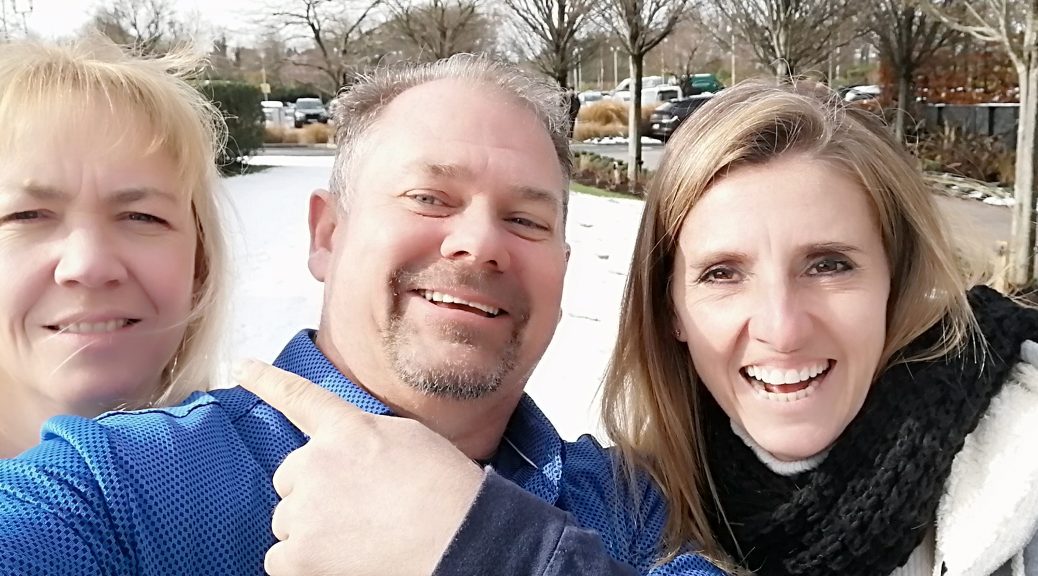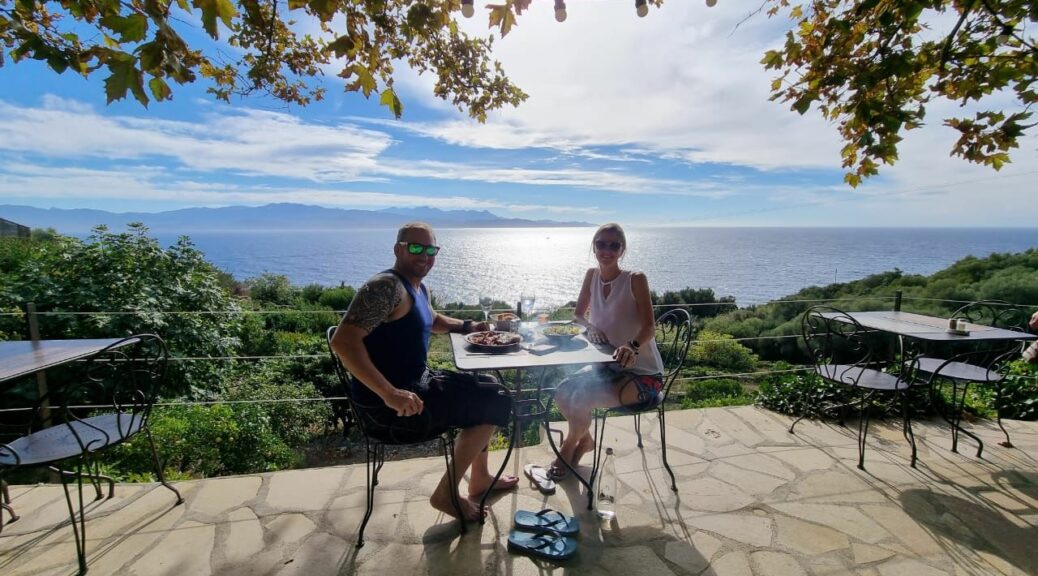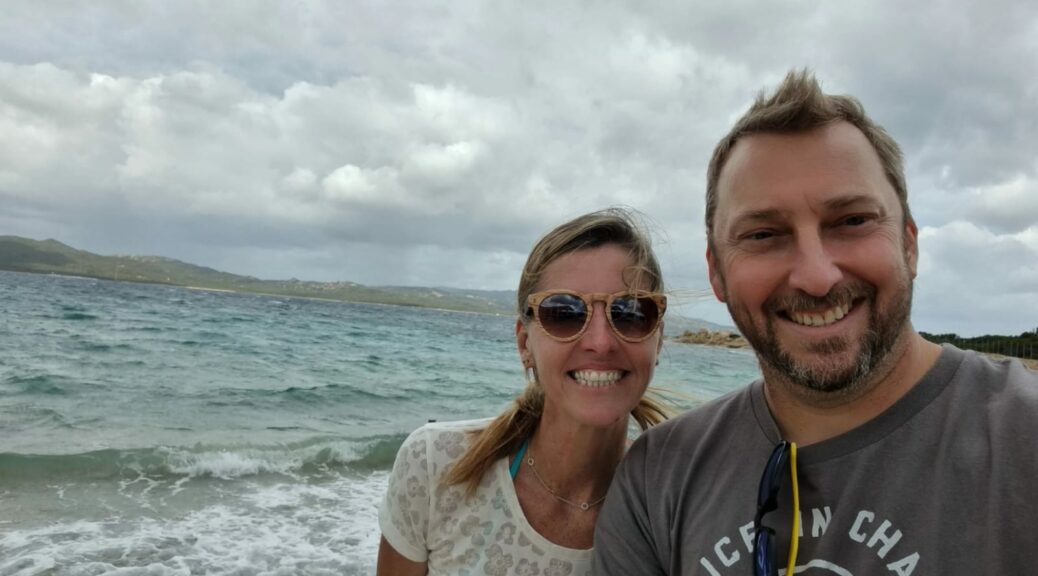BEAUJOLAIS, AVIGNON, NÎMES
25 – 27 September 2023
Our hearts sank as we arrived in the rental car depot.
We had efficiently traversed Lyon on the public transport and navigated pour way around the Part Dieu Gare to find the car rental company with whom we had pre-booked the car for our wine route roadtrip… but the queue was snaked around the lobby and out the door!
More than an hour’s wait threw us off course a little, but we still had the afternoon to make our way slowly up North to our resting place for the night in Chenas, at the top end of the Beaujolais wine route.
Beaujolais was the Kingdom of Beaujeu from 950 AD. The people were devoted to kings of France and planting of Beaujeu vineyards for clergy as ‘vines of the Lord’. But these magnificent grapes did indeed lead into temptation and they soon became ‘vines of the Lords’.
Our first stop en route to Beaujolais was Villefranche-sur-Saône, for lunch. Running a bit behind schedule we arrived for lunch just after 13h00… as the good people of Villefranche were closing for lunch. Although it made for a very efficient walking tour of the town, able to whip up and down the high street in record time, it would appear that lunchtime was the worst time to arrive for, well, lunch.
All was not lost though and we found an open supermarché where we bought some local wine (we could do a self-guided wine tour later). We also found an open sandwicherie and were, as always, enchanted with the quality of bread, butter and meats that made a simple sarmie (as the French would say) génial.
On our way out we found the tourist office was open and popped in to get a map of the Beaujolais wine country. The lady behind the counter penned a few circles on the map for us and, with several brochures for wine farms in hand, we took comfort from her loose instructions (to be said in a French accent) ‘you just follow the red route and zere is wine everywhere’.
I learnt from the map that Beaujolais was recognised as a UNESCO Global Geopark for its geological diversity and its preserved natural and cultural sites. Wines were intimately linked to local terroirs and there were more than 12 appellations, including 10 Crus.
An appellation is a geographical indication identifying where the grapes for wines were grown, although other types of food use appellations as well. Cru is a wine term used to indicate a high-quality vineyard or group of vineyards and its wines. And yes, there were vineyards and caves (tasting rooms, where you enjoy a degustation) everywhere in Beaujolais country.
We stopped in at the recommended Cave de Clochemerle. Famed for its historic public ablution (‘la pissotiere’), it is also highly photo-worthy with the fresco mural wall of colourful characters from Gabriel Chevallier’s famous (in these parts) novel ‘Clochemarle’, painted onto the balconies and pretend-windows.
We tried the flight of red wines and the bubbles in the cool cellar, piecing together the story of each from the attendant in our becoming-familiar Frenglish. We bought of a bottle of our favourites of each, quite chuffed with the Beaujolais experience.
A bit behind schedule we took the scenic route and soaked in the sights along the way. The hilly Beaujolais vineyards stretched 55km northward encased by the foothills of the Massif Central in the west and the Saône in the east. The landscape unfolded like a painting as the route took us through wine country and pretty little Beaujolais-Villages where we imagined a simpler life for ourselves.
Our destination was one of the pre-planned highlights of our trip; an overnight stay on a working vineyard in the heart of the Beaujolais wine route – in a town called Chenas – with farm-to-table pairing dinner.
All we knew about Chenas was what the map had told us ‘Chenas stretches across rolling hills and valleys. Its wine is generous, tender on the palate and intended for laying down.’ That didn’t give much away.
We climbed steadily up to Chenas, which allowed spectacular views over the winelands and pretty little villages dotted in the distance. Soon we were crunching our way up the gravel path to our destination, Auberge des Hauts de Chenas. It was almost 18h00 but still very light so we were able to soak in the view before unpacking and making ourselves at home.
Dinner was to be served at 19h15, which allowed enough time to explore the wine museum. Chris was disappointed that the exhibition was more about farming implements than wine itself… but that would come with dinner.
We were seated in the cosy dining room. Filled to capacity, our host had 13 guests including us to take care of for the evening. Astoundingly the one lady – owner of the wine farm, having inherited it from her founding grandfather – did the cooking, serving, clearing and wine-tasting duties for all of us!
She prepared us with a paddle of 6 of the vineyard’s wines and presented course after course. Soup, charcuterie and sun-dried tomato relish; fish goujons and samoosas; snails in a white wine sauce and puff-pastry cap; bœuf Bourgogne and veal medallions; chocolate fondant, caramel slice and crème brûlée; cheese platter. What a treat!
TUESDAY
With a relatively long drive back from Chenas through Beaujolais to Avignon (3 hours), we had the quandary of how to leave early enough for a leisurely drive… without endangering our passage with (too much) wine-tasting.
Our solve was to start with a little cultural excursion to see us through until the proverbial planes flew overhead, which we had a feeling might have to be earlier than usual for us with all the temptation in Beaujolais.
Château de Corcelles fit the bill; a medieval castle 18km down the road and only 7km from the A6 freeway, with an English audio guide so we’d know what we were looking at.
It was built as a fortified house in the 11th century for Beaujolais from Burgundians. The rebuild in the 15th century added the turrets and towers which would make it all rather fairytale if it weren’t for the lethal ramparts with arrow slits and canon holes.
Originally more than 200 hectares, the estate was now 90 hectares requiring 150 handpickers to harvest the variety of terroirs. Le Chai – where the grapes are stored – was built in the 1800s and still has its original freestone wall and wooden roof frame. From there, Crus Brouilly, Fleurie and Morgan are the most famous wines produced on site – although it was still a little early for a tasting with quite some road ahead.
We had decided to break the drive with a stop in Vienne, 35km south of Lyon. The city was steeped in history, having been transformed into a Roman colony in 47 BC underJulius Caesar and becoming a major centre in the Empire thanks to its prime trading position at the confluence of the rivers Rhône and Gère.
Remains of the Roman constructions are widespread across modern Vienne making it an ideal candidate for our preferred ‘open air’ and ‘living history’ excursions.
First order of business in Vienne was to find parking. We’d learnt from previous trips that it was a fool’s game to trawl for free bays, so we followed the signs to the Gare (train station) paid parking figuring that they’re usually central in these smaller towns.
Greeted with the ratecard signboard at the entrance advising that parking was charged at €1 per half hour, thoughts of leisurely strolling through Vienne evolved into ideals of a flash speed-walking tour.
We followed the signs to the Tourist Office, hoping to procure a map to rationalise our choices and cut out uneconomical dilly-dallying. We arrived at 12h41… 11 minutes into the Tourist Office’s 2-hour lunch break.
Not sure why the French need all this time to make a sandwich, but quite envious of the lifestyle nonetheless. Joie de vie in France indeed.
We took a photo of the map encased at the shut-tight entrance and set upon our way.
There were 8 points of interest on the map. First was the World War II commemorative Garden, which we’d already walked through as a shortcut to the Tourist Office. Bonus!
As tends to be the case in relic towns, the sights of interest are heavily religion-skewed.
Even the archeological museum (Sight 3) was an ancient building that had begun as an abbey in the 8th century. It was the primary burial place of the bishops in the 12th century and only in 1867 became a museum (presumably when they started digging up all the Roman stuff). Signboards outside illustrated a massive restoration and addition to the currently-dilapidated building that would soon make it a worthy visit.
Happy-snapping a trifecta of cathedral, temple and chapel (Sights 4-6), we made record time across the suspension bridge (Sight 7). We saw the Valois Tower (Sight 8) and, oddly not on the tourist map, the Museum with the actual open-air digging site of the ancient ruins. Since it wasn’t even on the map and was €10 each to get in, we opted for a quick gander from the free viewing deck above the ticket office.
And then a bee-line back to the car.
And there you have it, folks. That’s the 1-hour €2 tour of Vienne!
Chris wanted to check the tyres before hitting the road again; a warning light had flashed up briefly and we have a long history of bad luck with tyres so worth being cautious.
He dispatched me to get us some bottled water for the journey and, of course, since the shop adjoining the petrol station was a Boulangerie, I added a discretionary sandwich to the shopping list. Saucisson and Brie in a crunchy baguette. Mmmmm.
We’d done well with our Avignon accommodation. The A7 deposited us right at our doorstep as we took the turn-off from the freeway. Added bonus that there was a free parking bay right alongside our hotel, Au Saint Roch. And then, stars further aligning, there was an entrance to the old town right there too.
This was remarkable because medieval Avignon’s original walls are still in place (so highly unlikely that the primely-located gated arch had been planned for our convenience).
Our receptionist had a tourist map at the ready so we were out like a shot.
Into the old town, along the boulevard on the interior of the city wall and onto the main drag. The Rue de la République was spectacular! Old school elegance in a high street, with crazy history on every façade and hinted from side streets and narrow arcades, peeping over the rooftops.
With 8 cultural sites, 11 religious heritage buildings, 13 museums and monuments – and almost every other building something ornate or quaint – all contained in a 4.3km ancient wall, Avignon is a square kilometre of jam-packed tourist value for money! And, as Christian proved, easily doable in flip-flops, cobbled streets ‘n all.
We’d been directed that the piece de resistance was the Palais de Papes (Palace of the Popes). Pope Clement V (a Frenchman) moved the Papal residence to Avignon in 1309 on invitation of King Phillip of France because he refused to move to Rome. It remained the seat through the next 7 Popes.
Understandable that the ensuing Popes were happy to stay in Avignon. The Palais was beyond palatial; it was freaking enormous! 15 000 square metres under roof! 1.5 hectares of absolute opulence! This was a result of 20 years of building through the first 3 Popes, with Clement VI (Pope #3) forceably removing peasant housing surrounding the palace to improve defences through visibility around the borders.
A lousy thing to do to the peasants in the 1300s, but once they started clearing the rubble from the demolition (some 250 years later) and laid down the smooth stone pavers and whatnot, it made for a cracking square! Seemed fitting to have cafés and restaurants on the square for today’s mere minions to admire the largest medieval Gothic palace in the world.
On a high from some premium sight-seeing, it was high time to tackle the Guinness Index. We’d seen an Irish bar called O’Collins on our way into the Old Town so we retraced our footsteps and were delighted to find they celebrated Happy Hours – from 4 to 6pm daily – and we were smack-bang in the middle of the slot. We procured ourselves a pair of pints for 6 Euros apiece and secured Avignon #15 on the Index (which would have been a #4 had it been any other of the Unhappy Hours!)
We left our dinner plans in the hands of fate, saying we would trust The Fork app to choose our meal, based on the highest ratings in a 1km radius. This chose a burger joint for us, called Maimana. We stucks to our guns and booked a table for 19h00 to allow time to amble the cobbled streets to get there.
It was one of a few sidewalk eateries side-be-side on a narrow street. There was a pleasant atmosphere in the cool evening with a light breeze carrying the mixture of languages and laughter towards us on arrival. Once our respective steak and chicken burgers were served we could see what the fuss was about and how this humble hole-in-the-wall restaurant had earned a 9.5 from so many people. Yum!
We walked back to our B&B along the wide (maybe 5 or 6 metres wide) sidewalk path on the outside of the city wall. It was incredible that this medieval structure was still standing, let alone in such perfect condition. It stretched on along side us, with 8m high smooth walls topped with ramparts and interjected with square towers.
We Googled when we got back and discovered that the wall was over 1000 years old and, granted, had had maintenance done… mostly in the 15th and 18th centuries!
WEDNESDAY
We had traded our night in Nîmes for the whirlwind wine route tour. Less than 45 minutes from Avignon and directly en route to Montpellier, there was still time for a stop and quick self-guided walking tour.
Emerging from the parking lot, we saw our first site, a regal statue in a beautiful square. The signboard revealed him to be Antonin who was from Nîmes, the son and grandson of Senators and who became one of the Emperors of Rome.
From there, we could also see signposts indicating the direction of sights of interest with the distance to each marked alongside. We chose the direction of the tourist office first.
By the time we had gotten a map of the town, we had already happened upon marvellous things!
It was such a pleasure just walking around Nîmes. Everything is beautiful. Everywhere is so clean. The buildings are elegant and magnificent. The pavements are smooth, honey-coloured stone. The roads are tree-lined and it is welcome to walk in the shade as the sunlight mottles through the trees while you move through one spectacular sight to the next. Truly awesome in the most literal sense of the word.
We stumbled upon the Maison Carrée, built in the first century A.D. and one of the best-conserved temples of the Roman world. Very impressive with its stature, elegant columns and Corinthian capitals on the facade decor. It was mind-blowing to see student-types casually lunching on the steps and on the ledge around the building, dangling their legs and chatting away like it was an everyday thing to lounge on an ancient monument (which for them, I suppose, it was).
We were also caught by surprise by the Arena, which was also built in the first century A.D. shortly after the Colosseum in Rome. It could entertain more than 24 000 spectators enjoying the likes of gladiator fights. It was converted to a fortress in the 6th century, when some of the arcades were bricked up. But that does not detract from the architecture, and it is still considered one of the best-conserved amphitheatres from the Roman world. It is now used for bullfights, congresses, concerts and sport events.
Procuring the tourist map, we filled in the gaps. We made our way back to the top of the town to see the Castellum aqueduct. Amazing that in the first century they were already able to transport water 50 km via aqueduct into this circular basin, from where it would be dispersed to thermal baths, fountains and districts around the town.
We wrapped up the walking tour with a visit to the Temple of Diane on the far side of the tranquil Jardin de la Fontaine. The first inhabitants of Nîmes had settled near this spring in the 6th century BC and the Romans had beautified the area as a sanctuary in 1AD. The current magnificent formal gardens were designed in the 18th century to respect the layout of the archeological remains, and were added to in the 19th century to finish off the gardens as they can be enjoyed today.
